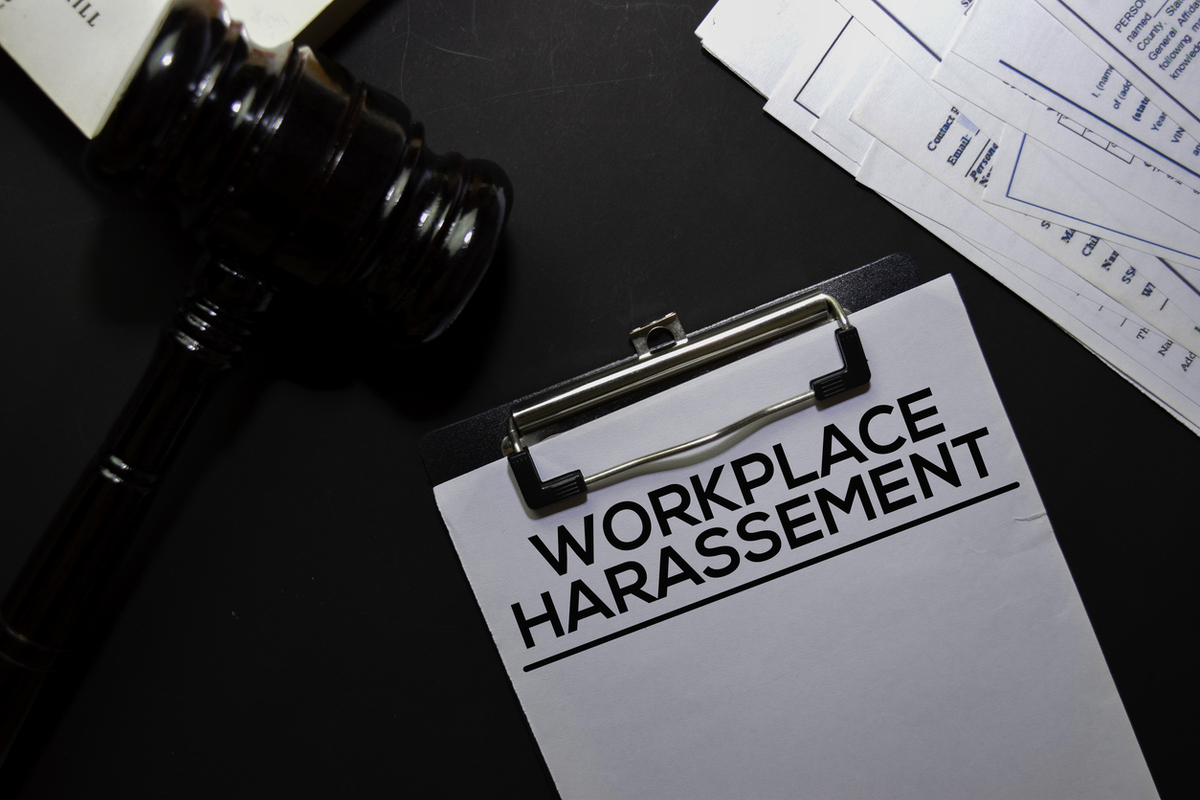A new approach in sexual harassment awareness training
How new preventative duty legislation is both a headache, and an opportunity, for diligent businesses

As businesses evolve through an era dominated by both digitalisation and higher demands in environmental and social sustainability, the challenge to manage the human aspects of change can feel overwhelming.
It’s often emphasised that selecting and deploying the right technology is only half the story, and that a mindset change in the workforce is an essential criterion to any transformation project.
But regardless of what mindset organisations look to change, the means remain the same: good, old-fashioned training programs are still at the top of the checklist when it comes to raising awareness of a problem that has been overlooked or must be dealt with differently.
Companies have been using training for years to raise employee awareness of cyber-risk or how to avoid falling victim to social engineering, for example. Diversity and inclusion courses have also been staple exercises, with more than 56 per cent of UK businesses in a global survey providing DEI training.
Often, training initiatives can be kickstarted by legal action, or the threat of it. Criminal cases can unmask employees’ lack of awareness, or tendencies to look the other way in the most drastic manner. When the horrendous story of McDonald’s several-year-long failure to detect that modern day slavery had infiltrated its ranks had been unveiled, supply chain experts called for more effective training to empower colleagues to report unethical labour practices.
But while the number of mandatory training programmes workforces must complete, as well as those that serve their professional development, is on the increase, there are some disconcerting metrics regarding their efficiency.
McKinsey’s 2024 Women in the Workplace 10th anniversary report, for example, found that “the workplace has not improved for women, despite some progress.” Seminal research and recent tribunal and court cases of sexual harassment in the workplace also suggest that current methods and procedures of prevention aren’t effective.
In fact, what the McKinsey research found was that, following sexual harassment training, “the representation of white women in management drops by more than 5 per cent over the following few years”. The survey also pointed to a growing tendency among male participants who had just undergone a training session to blame victims for getting into harm’s way.
How preventative duty is setting the bar higher
The findings of the McKinsey report, despite being arrived at a couple of years ago, still have special relevance today, when the Worker Protection Act is about to come into force in the UK on 26 October.
This amendment to the Equality Act 2010 is intended to instigate better outcomes in tackling the problem by mandating employers – regardless of their size, sector or circumstance – to take reasonable steps to prevent sexual harassment at work.
To lend more clout to the legislation, the act also includes the provision for compensation in sexual harassment claims to be increased by 25 per cent if the employment tribunal finds that such preventative duty hasn’t been met by the employer.
Failing to take action to prevent sexual harassment at the workplace can result in the Equality and Human Rights Commission (EHRC) – a non-departmental public body established by the Equality Act 2006 – taking enforcement action against the employer regardless of whether its negligence led to an actual case.
It remains to be seen whether these sanctions will suffice for pushing preventative duty up on employers’ agenda. A recent survey by employment law and HR consultancy WorkNest has found that a few weeks before the act taking effect, only 5 per cent of responding employers could say they were well-prepared for being compliant with new requirements and 58 per cent said they still need to do some work in order to comply.
New approaches to sexual harassment awareness training
Naturally, under the pressure of incoming legislation, it will be tempting for some businesses to achieve compliance with proactive employer duty by resorting to a tick-the-box exercise. However, stricter enforcement can also be seen as an opportunity to examine how training on preventing and reporting sexual harassment can lead to its reduction.
The McKinsey report cites the “forbidden behaviour” approach of traditional training as the main hindrance to getting the right messages across to participants. Rather than persistently reminding employees in positions of power of their own potential to be sexual predators – an approach that isn’t going to win anyone over – the encouragement and reinforcement of positive behaviour patterns can make trainees more receptive.
Witnesses to workplace sexual harassment also play an important role. As that modern slavery incident mentioned earlier demonstrated, violations of human dignity for extended periods of time can take place because onlookers choose not to come forward and talk about what they’ve been witnessing. That means giving guidance to employees not only as potential victims but also as bystanders can be key to better reporting.
If those who pick up signs of harassment – sexual or otherwise – have a professional in their department or in HR to give a heads-up to, disconcerting behaviour can be nipped in the bud before causing irreparable damage.
The new amendment can also provide an opportunity to review how sexual harassment training fits into the broader learning and development picture. In a business, silos exist not only across functions and databases but also in terms of training programmes.
As Dr Virginia Fisher and Dr Sue Kinsey of the University of Plymouth point out, attempts to reduce sexual harassment can’t succeed without the review of and necessary changes in factors that determine the power dynamics of a company. In this respect, DEI, general anti-harassment and anti-bullying training, and even cyber-security training can be regarded as different modules of cultural and behavioural training, which folds sexual harassment into the general framework of harassment and bullying awareness training. To pre-empt training fatigue, HR departments would do well to integrate these modules, so that the subject matter of individual courses can reinforce each other’s message.
In the case of sexual harassment, programmes to make employees more acutely aware of company policies and the code of conduct in areas such as dress code, conflicts of interest, social media use and business behaviour at company events can also serve as proof that HR and, by extension, the employer, are taking a proactive role in tackling the issue.
There is no denying that employers have their work cut out for them with the new amendment. Even more so because they must perform a high-wire act while trying to balance their extended duty of care with the imperative of creating a warm, supportive corporate culture built on trust. And they’ll need to take resolved but cautious steps, as too much corporate prying into employee interactions can be disastrous.
For the EHRC’s technical guidance on workplace sexual harassment, click here.

Zita Goldman
Most Viewed
Winston House, 3rd Floor, Units 306-309, 2-4 Dollis Park, London, N3 1HF
23-29 Hendon Lane, London, N3 1RT
020 8349 4363
© 2025, Lyonsdown Limited. Business Reporter® is a registered trademark of Lyonsdown Ltd. VAT registration number: 830519543





